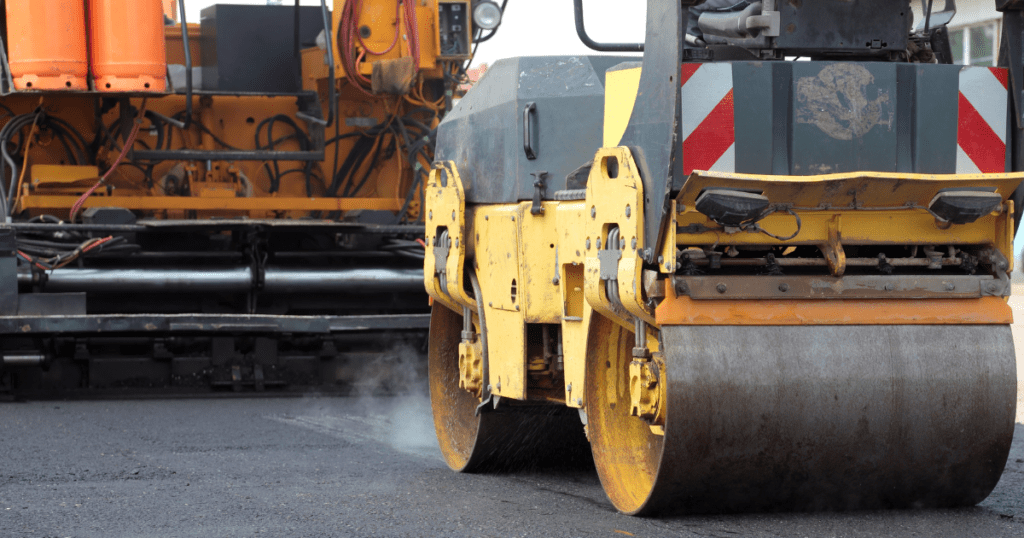
The city has released its road paving schedule with work beginning in late April as Rockville moves toward a new method for evaluating its road rehabilitation needs.
The schedule, available at rockvillemd.gov/street-repairs, includes streets scheduled for Fiscal Year 2025, which runs through June 30, and Fiscal Year 2026, which begins July 1. The schedule is subject to change based on weather and coordination with utility work.
If your street is listed, look for no parking signs that will be posted within 48 hours of the start of work. Temporary stoppages are necessary for safety but should have little impact on traffic. Paving will take place from 7 a.m.-5 p.m. on secondary streets and 9 a.m.-4 p.m. on major streets.
The city maintains approximately 160 miles of roadway. Other roads within city limits are maintained by the state and county, and homeowners associations. The city resurfaces about 13.5 miles of roadway annually, on a 12-year cycle, through its Capital Improvements Program.
Roads are evaluated each year and given a pavement-condition rating. The city considers these ratings, along with the last paving date and any potential construction projects, to develop a list of streets to repave. Later this year, the city plans to begin using Pavement Condition Index scores to more accurately and efficiently determine paving needs. PCI, which will be used to develop the repaving list for 2026, incorporates many factors including pavement age, climate, precipitation, traffic and available maintenance funding.
The first phase of repaving involves milling, or grinding down, the existing asphalt. Streets may be blocked for five- to 10-minute periods to move equipment or work near driveways. Residents are asked to follow flagger directions and be patient. The next phase involves lowering or raising existing utilities such as manholes to the new street grade, and patching and repairing the asphalt base. Then, new asphalt is placed from curb to curb.
Crews pave one travel direction at a time, spraying liquid asphalt onto the street ahead of the paving machine. Do not attempt to drive through the liquid asphalt, as it may damage tires, stick to vehicles or be tracked onto driveways. The new asphalt is safe to drive on about 10 minutes after compaction rolling is complete. If paving operations are close to your driveway, check with the construction crew before driving onto the street. Pedestrians should use extreme caution and children should not be allowed to play around the new surface on the day it is placed.